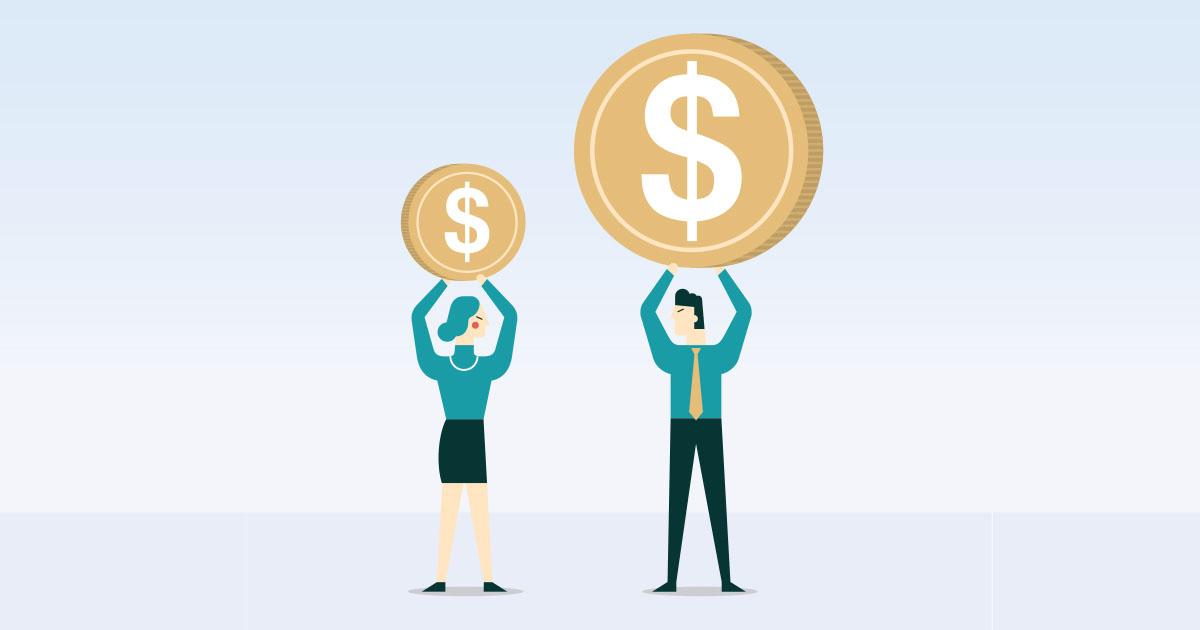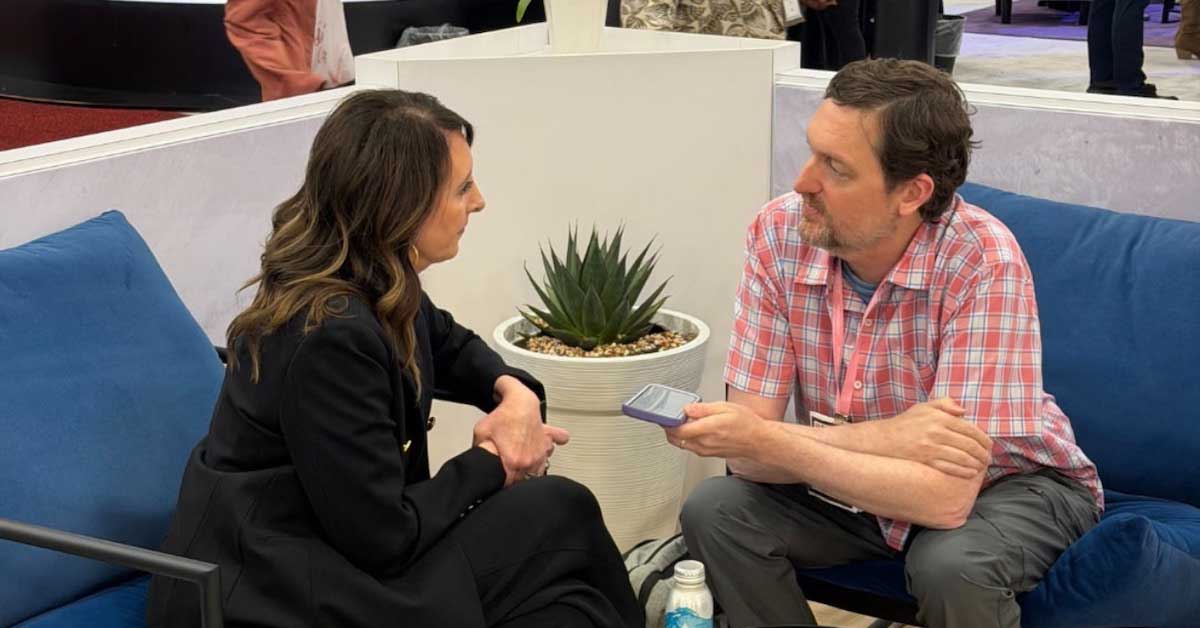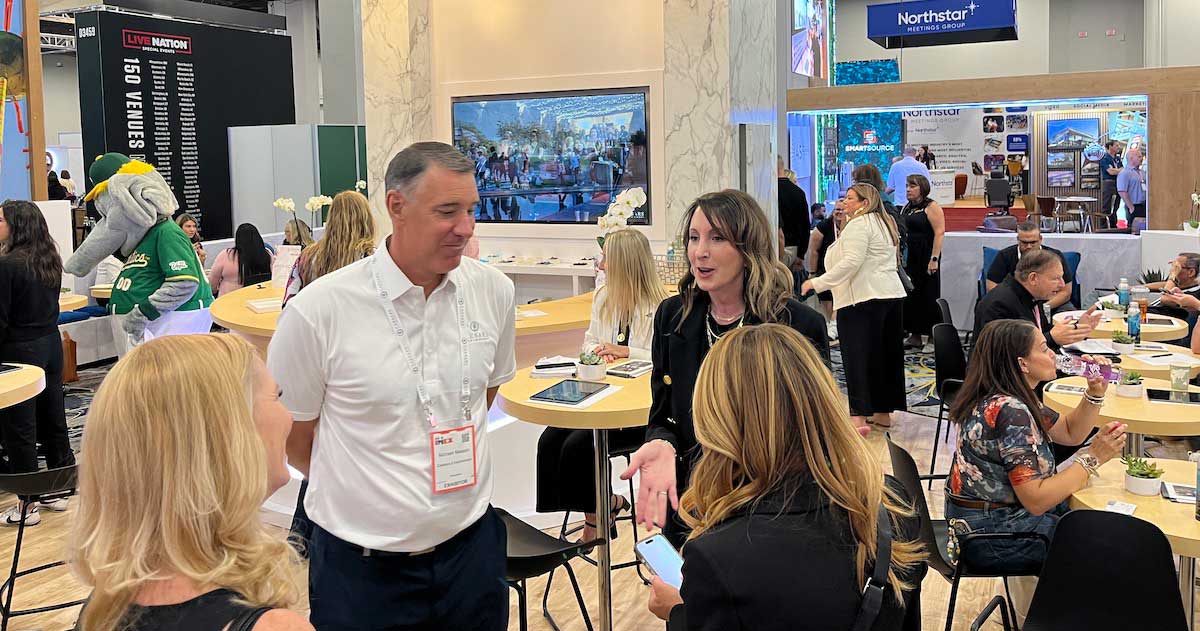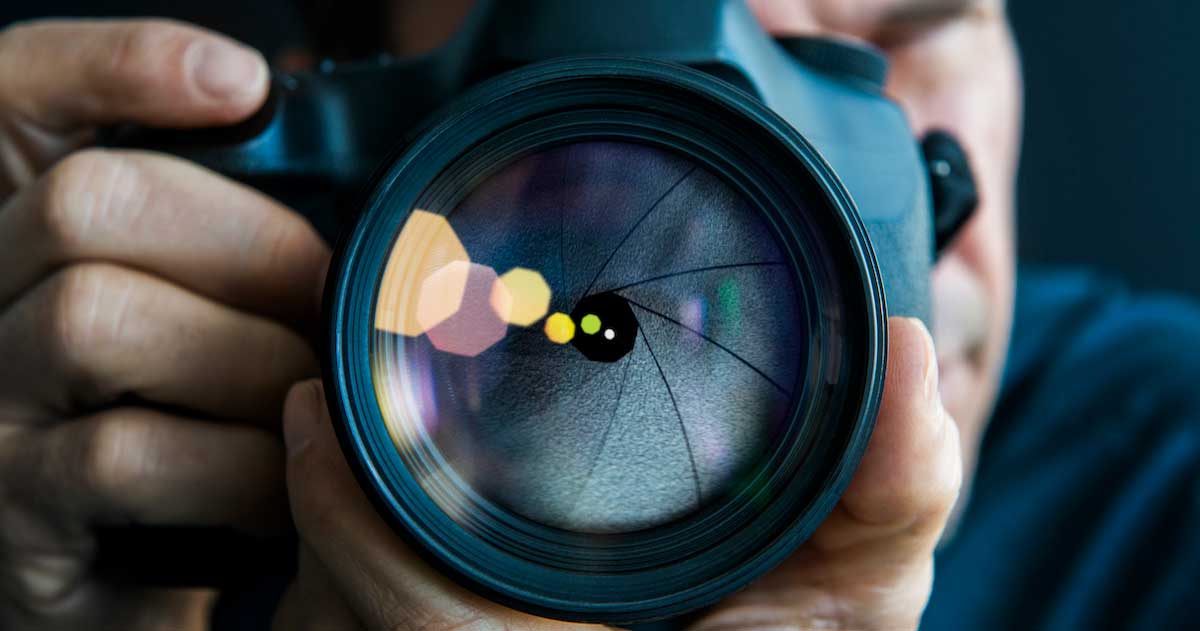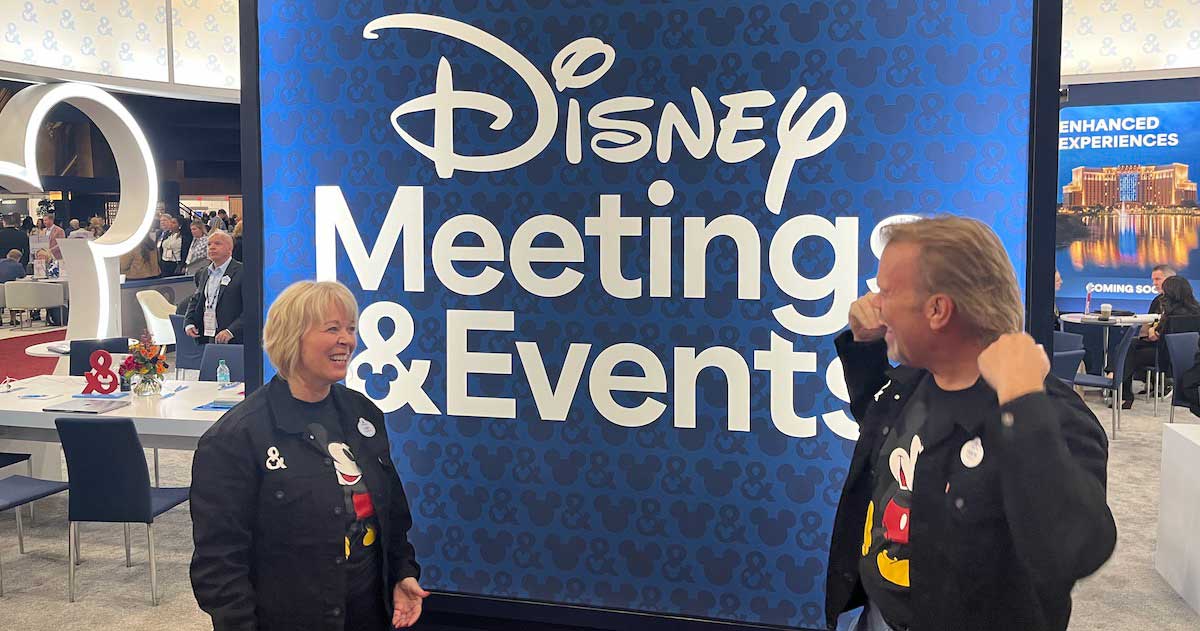This story is part of a special section from The Meeting Professional, brough to you by 
The International Association of Exhibitions and Events (IAEE) collaborated with Trade Show Executive (TSE) magazine on a reader poll. Responses from IAEE’s U.S.-based organizer members and TSE readers revealed a decrease in the gap between salaries men and women earned in three job categories between 2017 and 2018. It’s a win for those working to achieve gender pay parity. A growing list of women’s initiatives, research projects and workplace practices may be finally helping to diminish gender pay disparity.
The gender pay gap is real. In The Simple Truth About the Gender Pay Gap, the American Association of University Women (AAUW), a nonprofit group that advocates for gender equity, reported, “In 2017, women working full time and year-round in the United States typically were paid just 80 percent of what men were paid, a gap of 20 percent.” In events, the Meetings & Conventions 2018 Salary Survey revealed female meeting planners earned 89 cents on the male dollar this year.
Nevertheless, data IAEE has collected shows progress toward pay equity. For example, at the Coordinator/Specialist/Assistant level, women will earn just four percent less than men in 2018. At the same level in 2017, women earned 11 percent less than men. At the Manager level, women will earn 11 percent less than men in 2018 compared to 17 percent the year before. It’s at the highest level that the data is both good and bad. Females at the Director level and higher will earn 50 percent less than their male counterparts in 2018, but the percentage in 2017 was 61 percent.
Coming Together as an Industry
Pay equity is no longer just a discussion point at industry events.
“It’s been the main focus and issue of our women’s leadership program,” says Marsha Flanagan, M.Ed., vice president OF learning experiences at IAEE. “We’ve tried to design as much education as possible around the skills women need to close that gap.”
While it’s hard to draw conclusions about why the gap is narrowing, Flanagan believes the gains she has noticed for women at the company level, chapter level and board level are primarily the result of “women coming together and supporting each other.”
Over the past few years, IAEE has developed a popular roster of programs and policies for women. Its signature event, the IAEE Women’s Leadership Forum, will be held in Leesburg, Va., April 29-30, 2019. The event has sold out for the past three years. The Women’s Leadership Experience at Expo! Expo!, the association’s annual meeting and exhibition scheduled for Dec. 11-13 in New Orleans, also sold out. Apart from the exclusive programming for women, a pillar of IAEE’s women’s initiatives is gender parity for keynote speakers and panels at all of its events.
IAEE will partner with MPI in 2019 to co-locate and co-market three new regional forums with MPI’s Women in Leadership: Executive Leadership Skills programs. The joint events are scheduled for Feb. 26 at the Los Angeles Convention Center, July 16 at the Renaissance Schaumburg (Ill.) Convention Center Hotel and Sept. 24 at the Kay Bailey Hutchison Convention Center in Dallas. The regional programs, an extension of IAEE’s Women’s Leadership Forum, are intentionally held on Tuesdays, Flanagan says, “because women have to work all week, through the weekend and until the following Tuesday to earn what men make working Monday through Friday.”
One of the reasons for the gender pay disparity in events is that many women opt out of higher paying job opportunities, which depresses their salary levels.
“Depending on what the job is, it can be hard to find the right work-life balance, especially if you’re a parent,” says Julie Smith, CEM, CTA, senior vice president, exhibition sales at GES. “I know a lot of women who made decisions that sent them down a different career path or temporarily stalled their career growth because they were looking for things like security, flexibility or a better schedule.”
Some female leaders are more vocal about what the industry has to do to step up for women.
“When serving as 2016 IAEE chair, I urged organizations to be more conscious of providing equal opportunities to employees, including equal pay,” Smith says. “Younger employees don’t always want to work the same way some of us worked to get where we are, and I don’t think that’s a bad thing. As an industry, we need to look at job sharing, flexible hours, remote work and how to keep people in the industry and not have them leave because it doesn’t suit their lifestyle.”
Industry-based programs that “empower women, help them understand their value and teach them how to build and sell their value are crucial for narrowing the pay gap,” Smith says. “You can tell from the interest in women’s conferences, such as the IAEE Women’s Leadership Forum, that there is a demand for women-focused programming. I know women who have attended these programs and made life decisions because they felt empowered or looked inward in a different way.”
Advice for Women of All Ages
Earning more in the meeting and exhibition industry requires both skill and visibility. Learning multiple jobs, taking on challenges and being computer literate can help women feel more confident. But they also have to let others see their value.
Smith recommends that women keep a running file of “everything you’ve accomplished, activities you volunteered for that have brought visibility to your organization and goals that you met to make it easy for your supervisor to give you a good review at the end of the year.”
The opportunities for women to earn more in the exhibition industry are available for those willing to put in the time, says Jennifer Hoff, CEM, president of Taffy Event Strategies.
“You come in [with a low salary] in our industry, but once you break that $50,000 to $60,000 marker, salaries go up nicely,” she says.
Hoff’s advice for women looking to earn more is for them not to limit themselves to only the opportunities right in front of them.
“Women in mid- to high-level management should look for the job they want, go to another organization if they have to and don’t settle for less,” she says.
As the 2018 IAEE Woman of Achievement Award recipient and someone who has blazed her own trail in the exhibition industry, Hoff offers women looking to chart their own course some sensible advice.
“Be fair. Take care of yourself. If you are younger and coming up, don’t think you have to act stereotypically to succeed,” she says. “Don’t try to over plan your path. Some opportunities come along unexpectedly. Don’t think that your only path in a company is the one that you see. Don’t get stagnant—put yourself in a position to be seen.”
Millennial women entering the event industry may see their opportunities and salaries differently than the female pioneers who preceded them. Kiley Peters, owner and CEO of Brainchild Studios, a digital content marketing and website creation agency serving brands targeting millennial moms, says young women “want to have their cake and eat it too.” Her goal is to make work more accessible to women: “We’re baking cakes and handing out forks.”
Women are struggling to find a balance between motherhood and still have a fulfilling career, Peters explains. To achieve that goal, they will have to make themselves more visible. She coaches clients to develop a portfolio of thought leadership assets like a blog, podcast or videos.
“Developing a catalog of content validates a woman’s expertise so that it’s more difficult for an employer to overlook her accomplishments when it comes time to negotiate a raise or a better job opportunity,” she says.
Gender pay disparity is non-negotiable for millennials, Peters says. But to address it, young millennial women may have to take an unorthodox approach to work. As an entrepreneur, speaker and educator (she’ll be teaching digital content strategy at Marquette University in the spring), Peters counsels women to derive income from multiple sources.
“Diversifying your revenue streams opens up opportunities and creates the flexibility and life rhythms that allow you to craft a life you didn’t even know you could have,” she says.
A Helping Hand From Employers
Companies have a significant role to play in narrowing the gender pay gap, too. Multiple media outlets, including Inc.com, reported that Marc Benioff, CEO of cloud-computing company Salesforce, dedicated $3 million in 2016 to correct the “statistical difference in pay between men and women” at the firm. He added another $3 million in 2017 “to correct compensation differences by gender, race and ethnicity across the company.” On the company’s blog, Cindy Robbins, chief people officer, reports the company continuously monitors pay equity and has joined several corporate pay equity initiatives.
In 2018, UK companies with 250 or more employees were required to publish their gender pay gap data on a government website. Although not subject to the requirements, the IMEX Group, organizers of IMEX Frankfurt and IMEX America, analyzed their salaries across the organization anyway.
“We were pleased to see that we do not have a gender pay gap,” says Carina Bauer, CEO of the IMEX Group. “Like most businesses, we review pay annually and try hard to ensure that all roles fit within a salary range, so that salary is dependent on roles and responsibilities, rather than anything else.”
Regular performance reviews can open the door to better opportunities for women. GES uses a well-defined employee review process to ensure that employees, regardless of gender, can take full advantage of both equity and merit salary increases. The process includes self-appraisals and peer reviews.
“We have a very evolved human resources department, clear career paths and job title reviews,” Smith says. “We post all of our job opportunities and if people feel as if they’ve gone as far as they can within their department, they can apply for another department.”
Training programs are another way that firms can help women begin their careers on a strong footing. GES has a program to recruit college graduates into account management and sales positions.
“They go through a yearlong program and get cross-trained in every aspect of the business. At the end of one year of onboarding, we meet with each new team member to discuss a career path,” Smith says. “The program has been very successful. Tara Allen, a graduate of the program, is IAEE’s 2018 Young Professional of the year.”
Data show that the gender pay gap in events is slowly decreasing. Whether the trend will continue depends on many factors, including the economy, unemployment rate and the strength of the industry. IAEE intends to keep on pushing.
“We will lead by ensuring that women have equal voices, that they are seen as authorities and have the skills to negotiate higher salaries and better positions,” Flanagan says. “We’ll also continue our work with the U.S. Department of Labor to show that salaries are approaching parity. We’re doing a lot, but we’re not there yet.”
